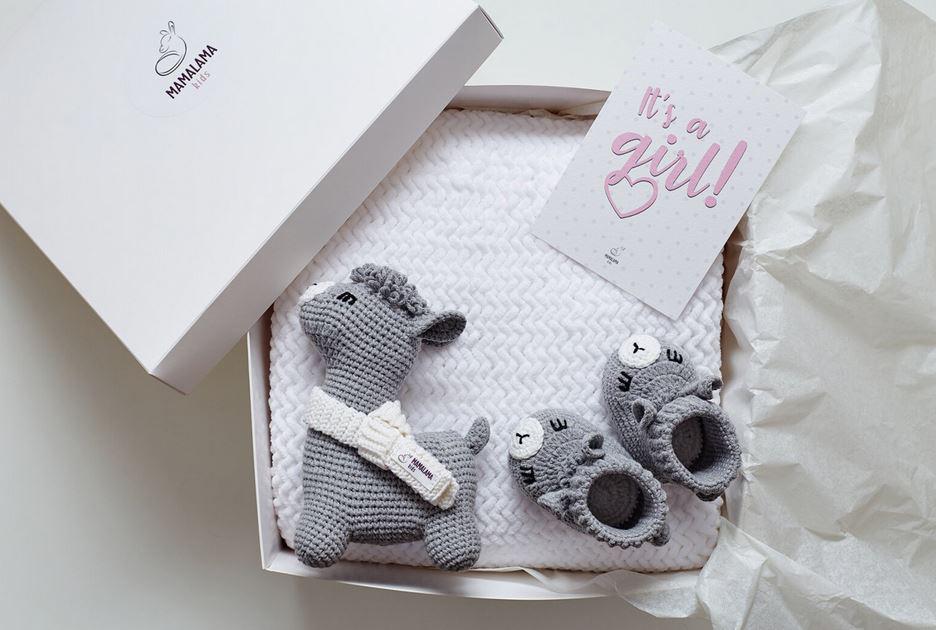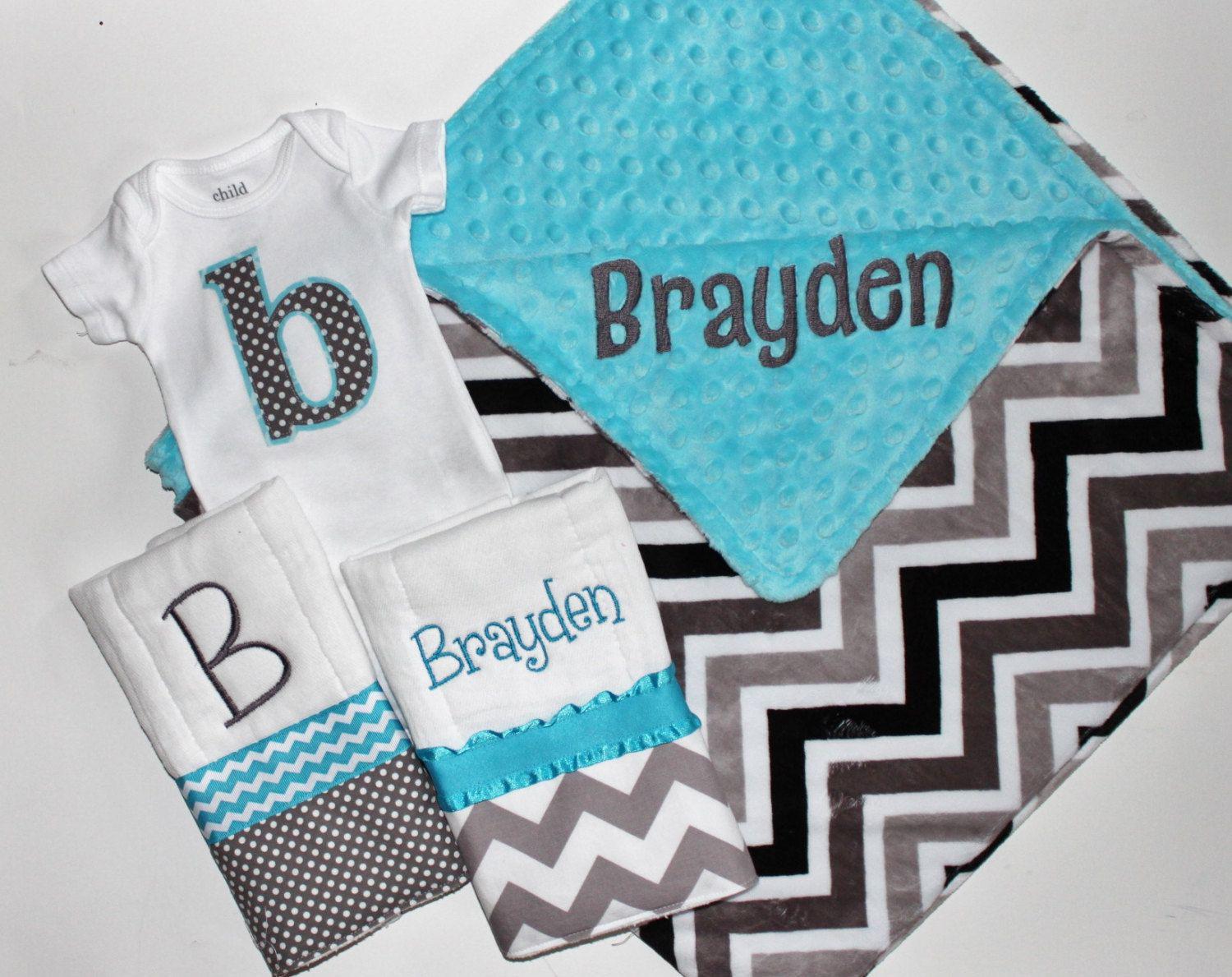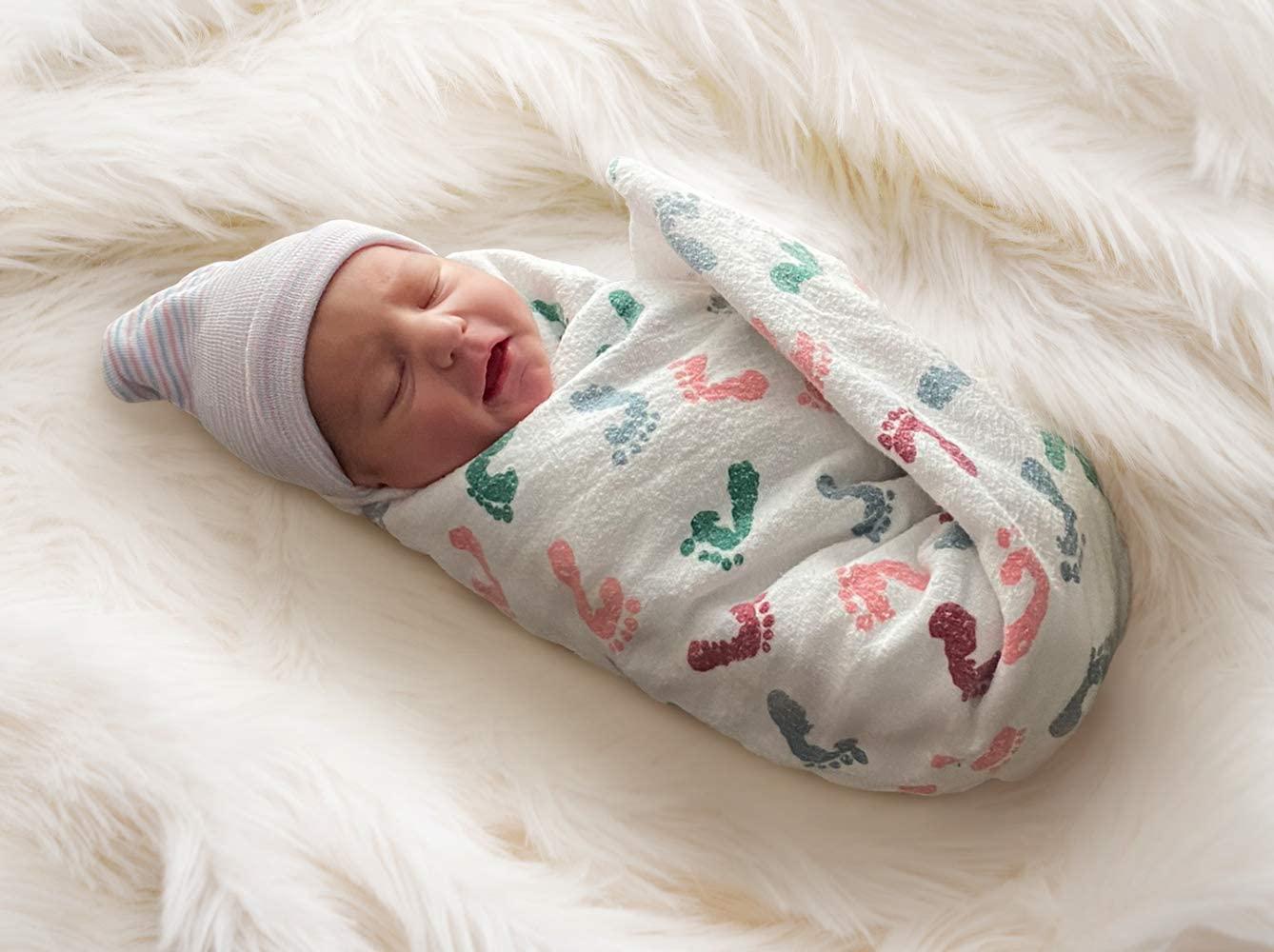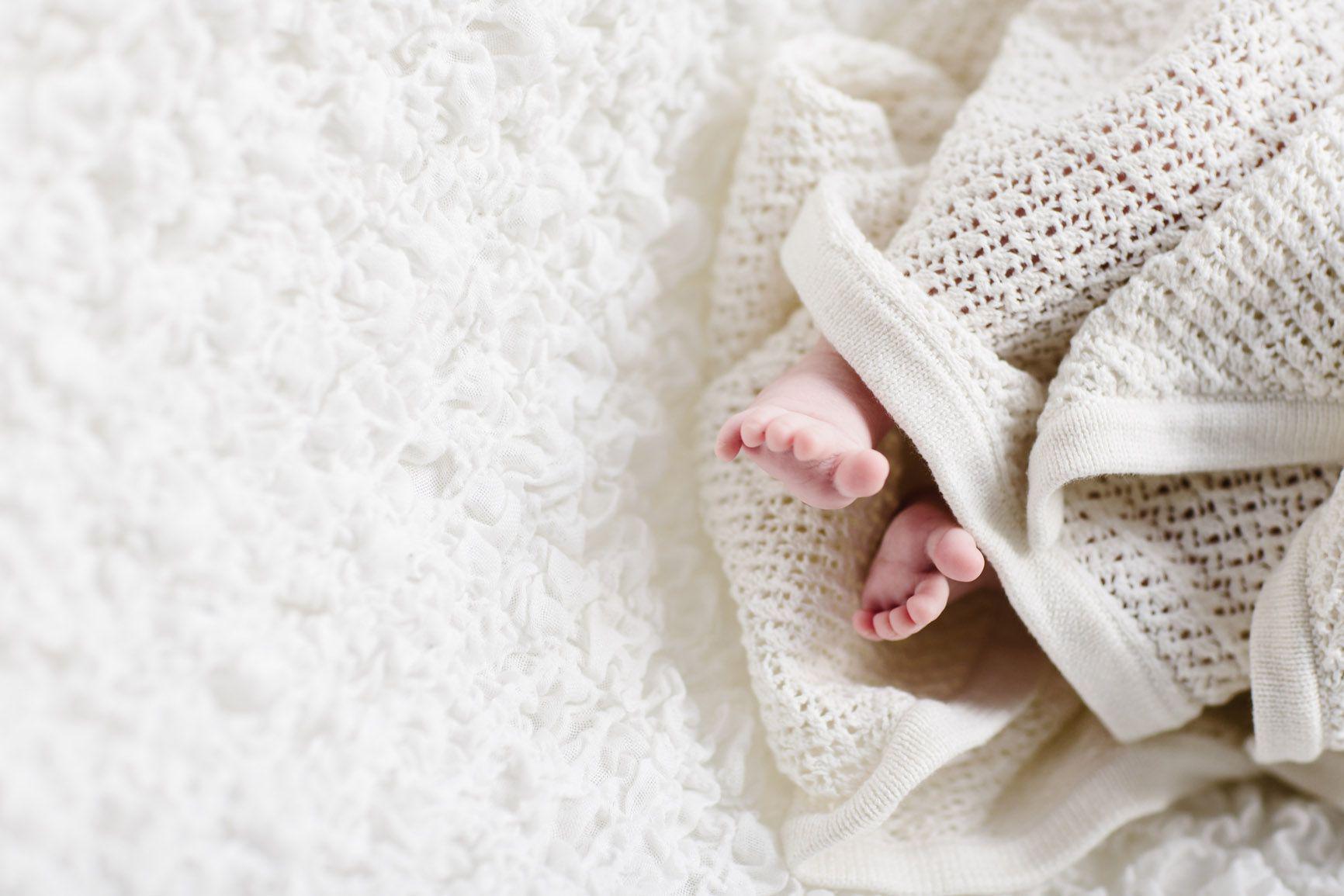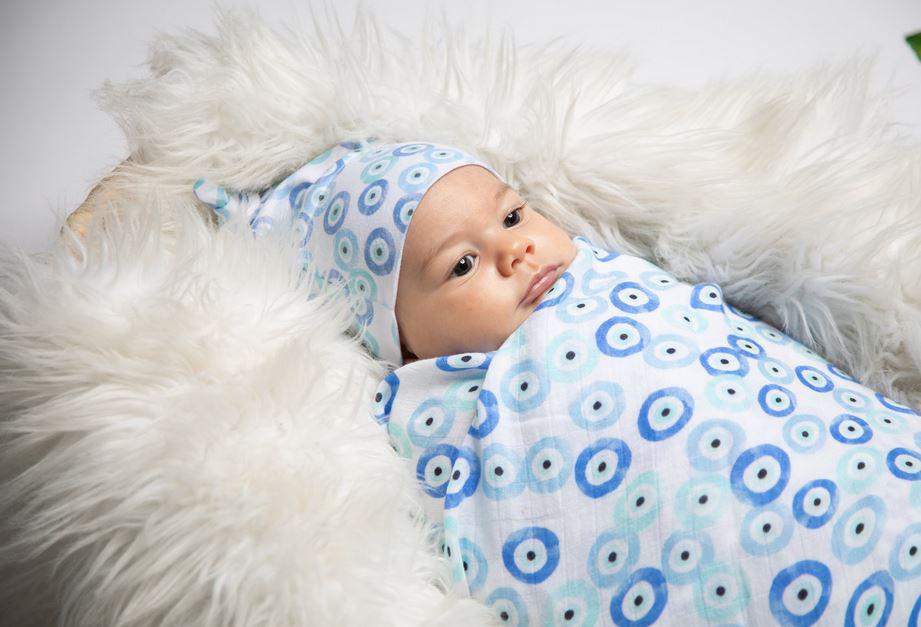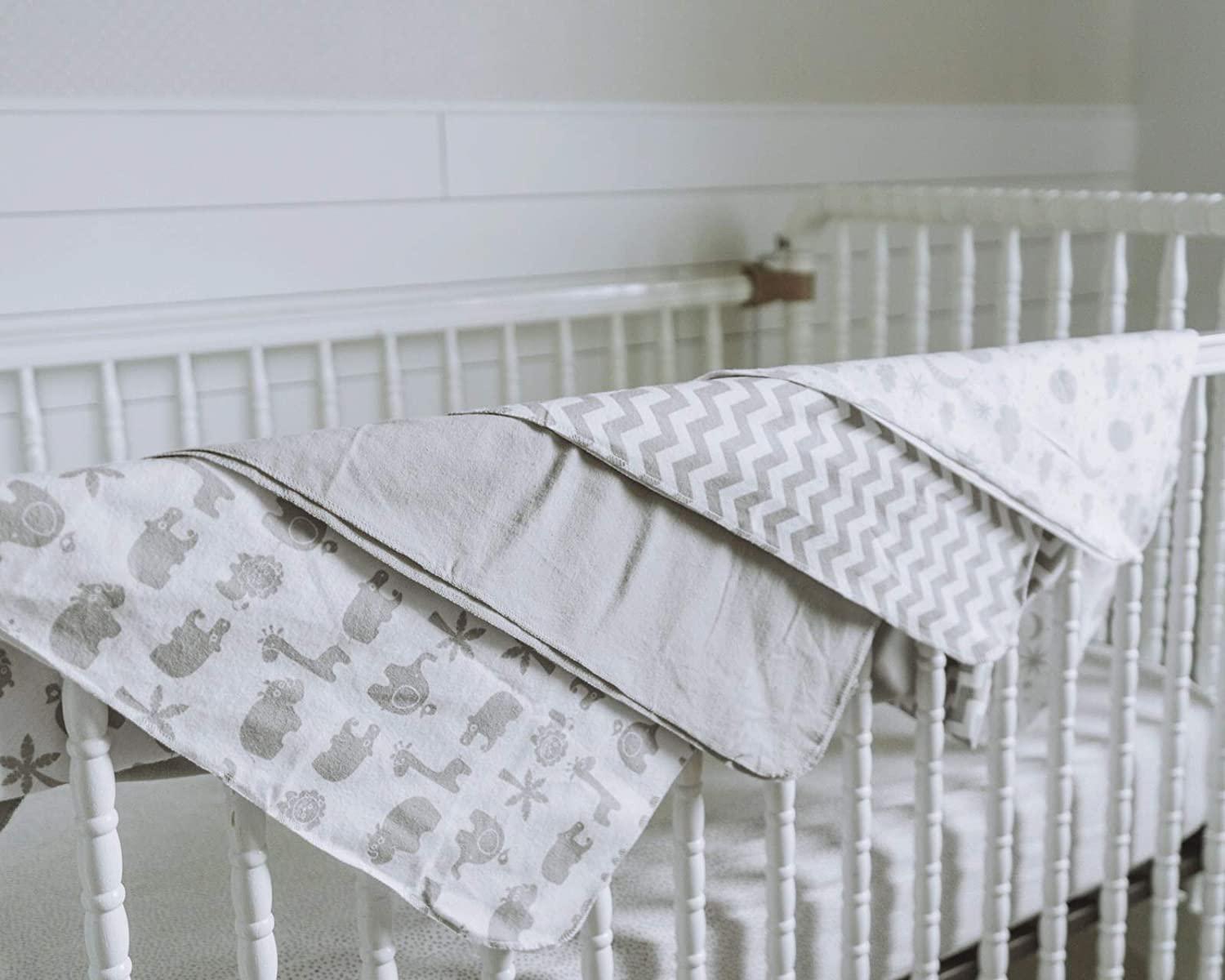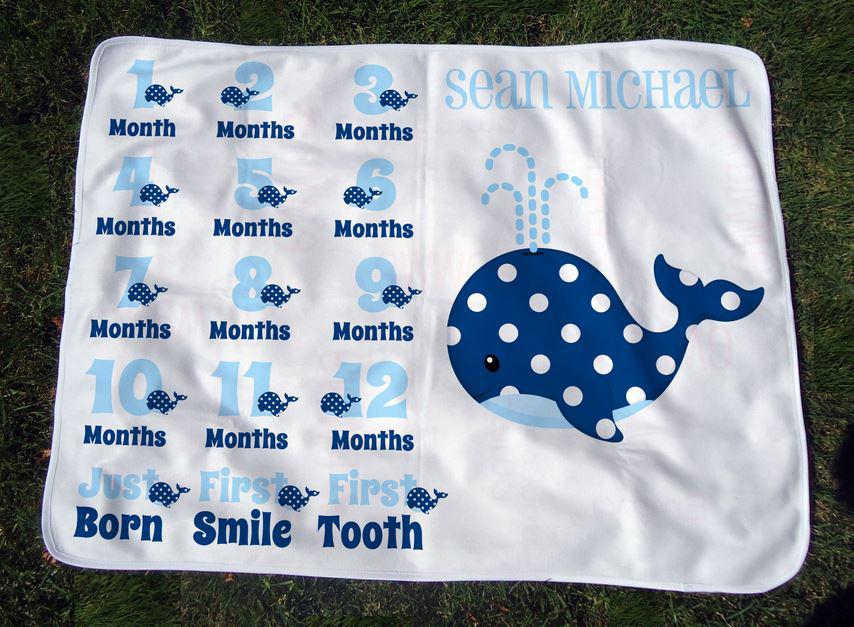Receiving blankets for baby boy is an all-purpose blanket used for swaddle infants. The receiving blanket keeps the newborn environment warm and tight, similar to that of the uterus. Swaddling a newborn also prevents him from waking up with sudden, stupid leg movements caused by his intense reflex. A hand-drawn receiving blanket can be made from simple beginner instructions or a more complex rug pattern for more experienced knitters.
Select a pattern, or just what type of stitch you want to use to knit the receiving blankets for baby boy. Beginners may want to consult a nail dictionary to knit a simple one-pattern. Garter and stocking mesh are popular masks for beginners when you knit a receiving blanket. The knit stitch results in a fabric that is uneven on both sides and gives some extra pillow under the baby, while the stocking stitch results in a receiving blanket that is slippery on one side and uneven on the other. A receiving blanket generally measures about 30 inches up to 36 inches square.
Select your yarn. If you are using a pattern, the guide will indicate the correct type and amount of yarn required to complete the blanket. While there are no hard and fast rules for selection yarns, there are some simple guidelines to consider if you have chosen to knit one or two nails receiving blanket that does not follow an established pattern. Softer yarns are more suitable for infants than coarser yarns. Thicker or chunkier yarn requires larger needles, require fewer stitches and knit up in a receiving blanket faster. Some parents appreciate natural cotton or wool, while others prefer the easier care of artificial fibers such as polyester. 340gr. of a sports or baby-weight yarn will suffice to knit standard size receiving blankets for baby boy.

Cotton Receiving Blankets Boy
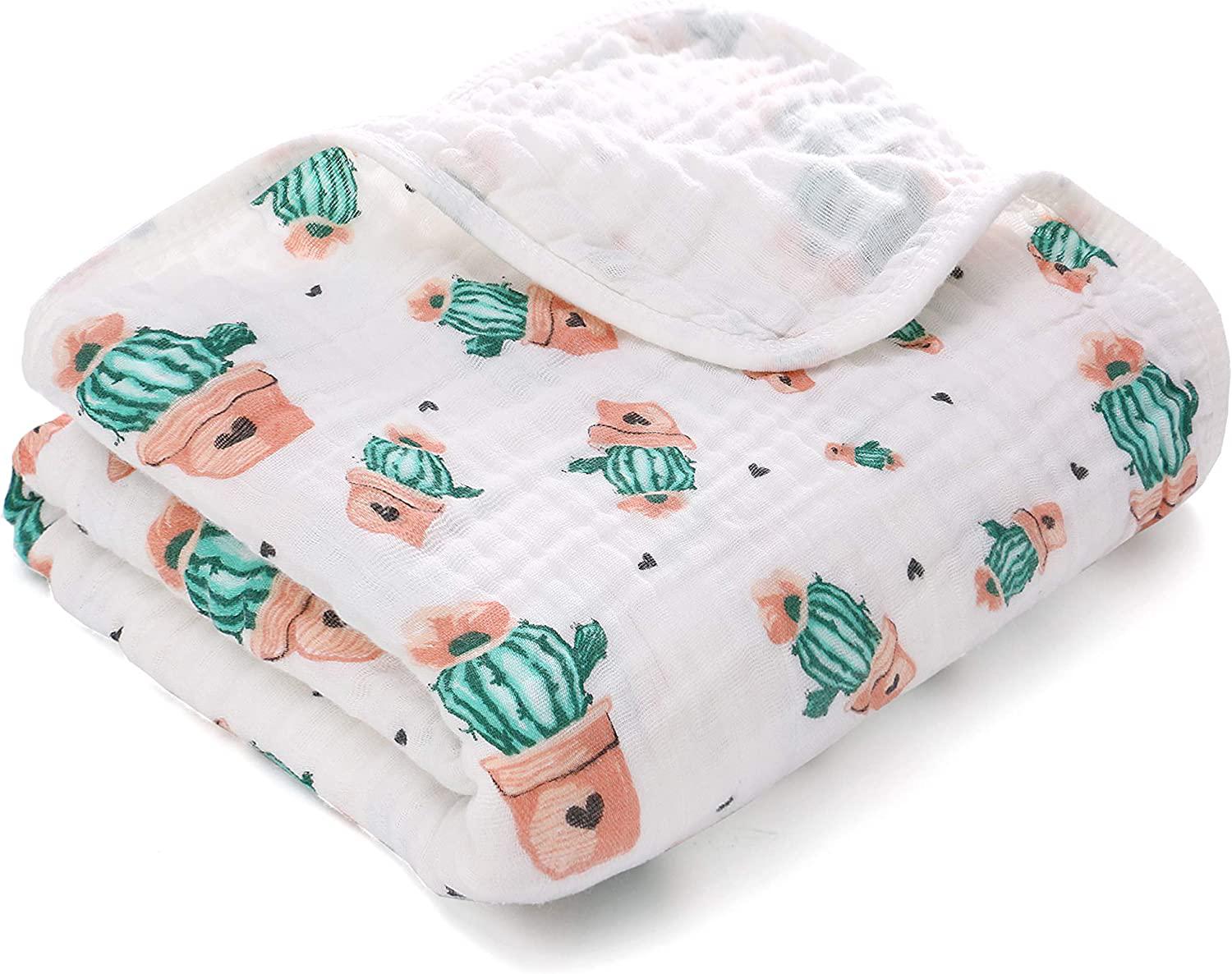
Cotton Receiving Blankets For Babies
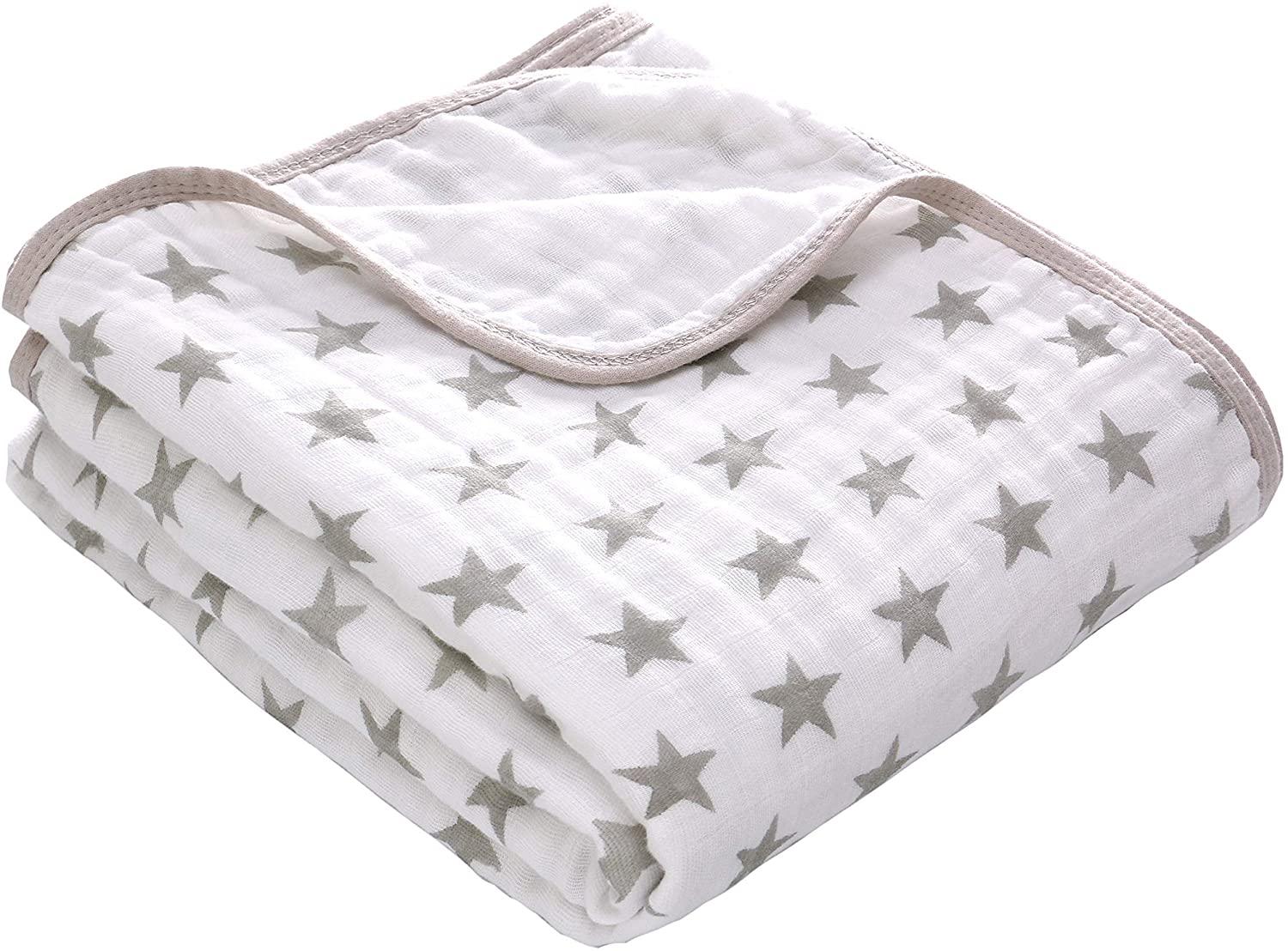
How To Make A Baby Receiving Blanket
Select the appropriate size of knitting needles. The yarn wrapper generally recommends the appropriate size needle for the type of yarn you have chosen. Size 10 or size 11 knitting needles are suitable for a baby or sport-weight yarn. Knit one meter color test, or test color sample, 4-by-4 inches with yarn and needles you have chosen. If you are using a knitting pattern, the pattern will indicate how many stitches and rows you should have in your knitted swatch. Adjust the size of the needles by repeating the test swatch until you have the correct number of stitches in your measuring swatch.
For example, if you knit a 4-inch square test color sample with a pair of size 11 knitting needles and the end product is a 5-inch square, repeat the test color sample with a pair of size 10 knitting needles. Continue this process; adjust p down until the test swatch is a 4-inch square. If you knit a one-stitch in your own design, adjust it until you are satisfied with the look of the stitches. When you like the look of the test swatch, count the number of stitches and rows in a 1 to 1 inch square in the color sample. Walk the number of stitches and rows of the width and length of the finished blanket to determine how many stitches should be rolled to begin the blanket and how many rows to knit to complete the blanket.
